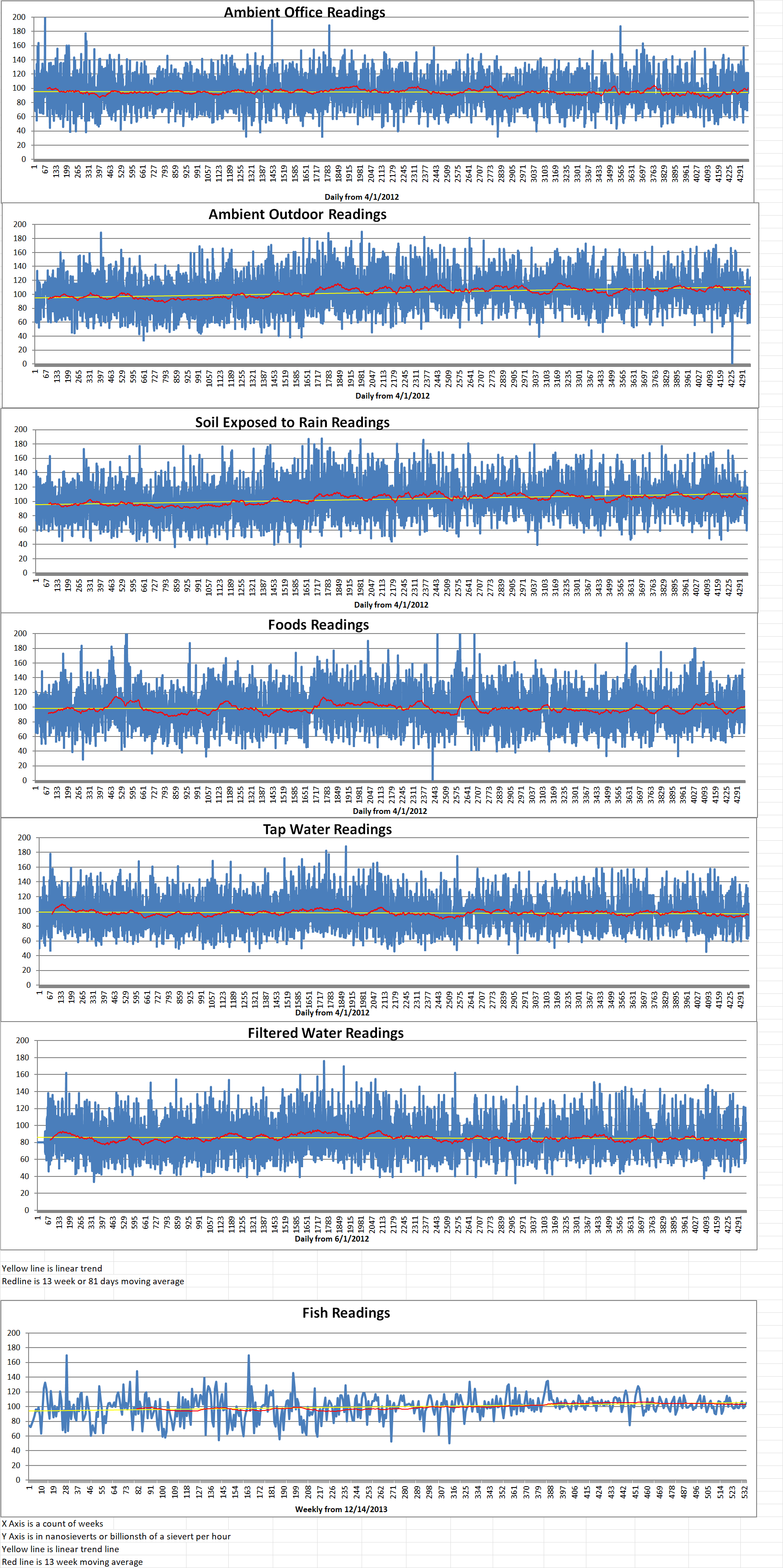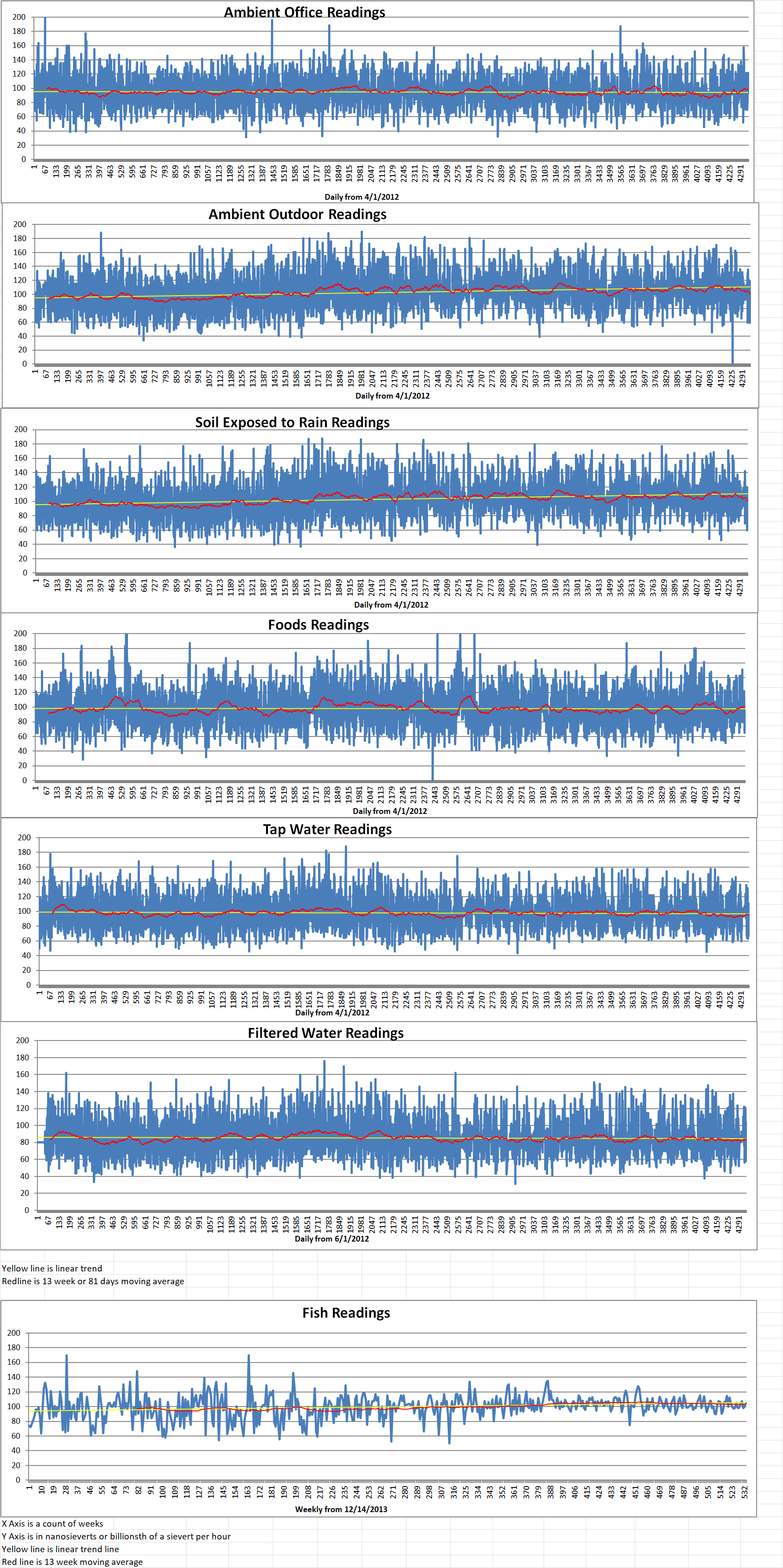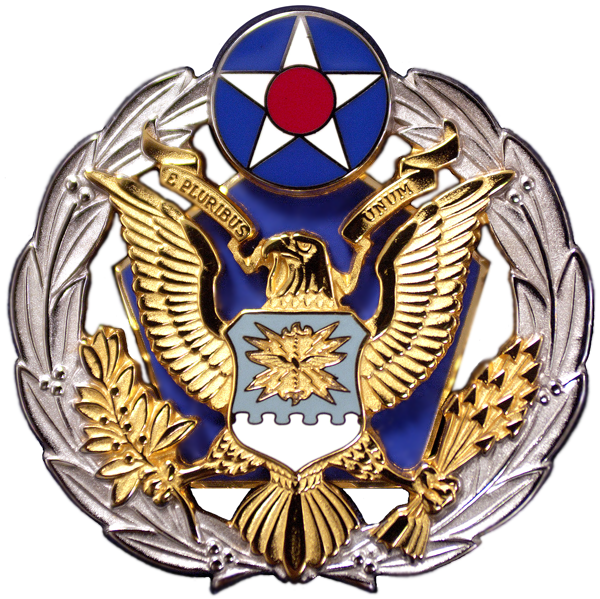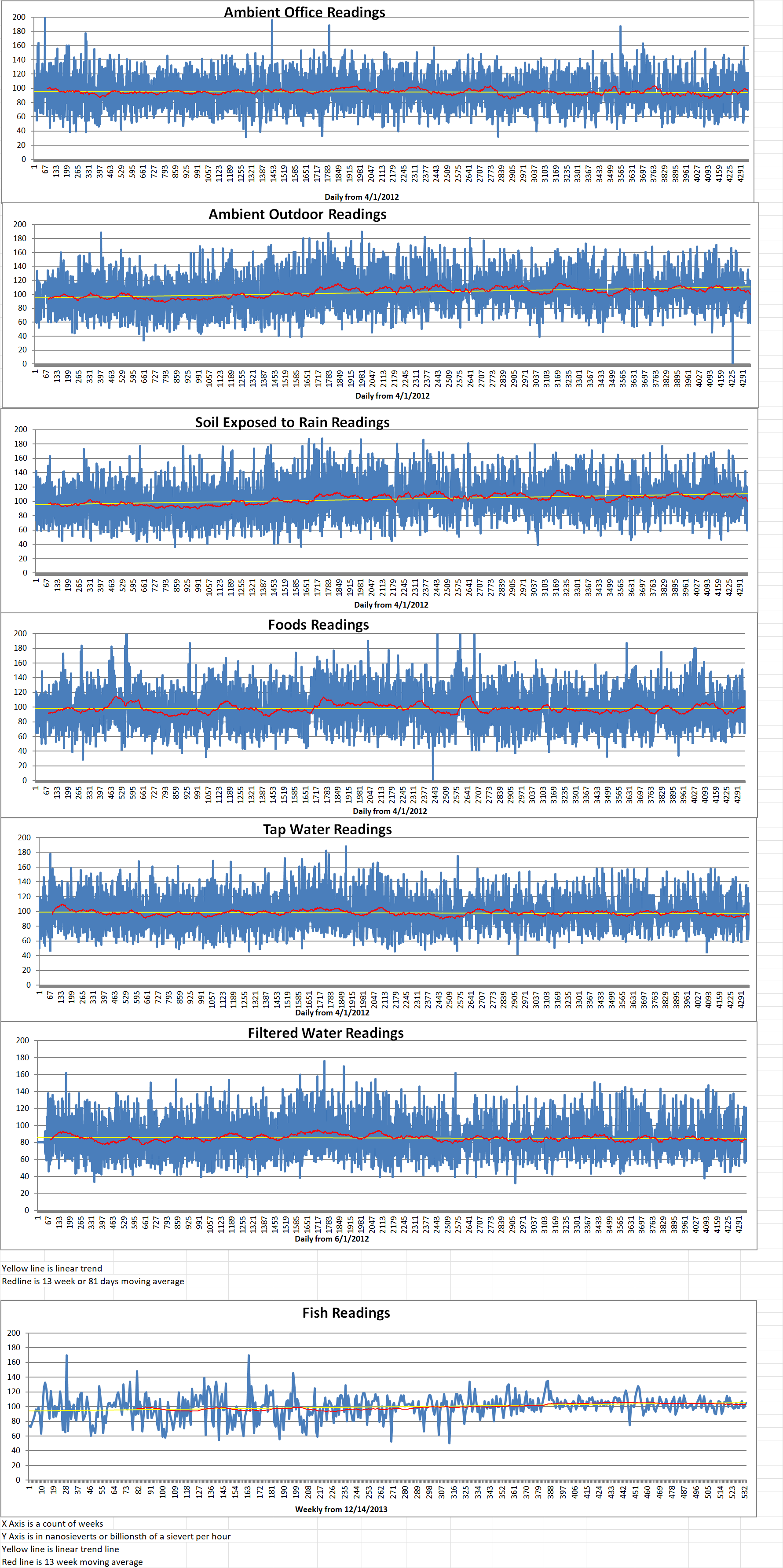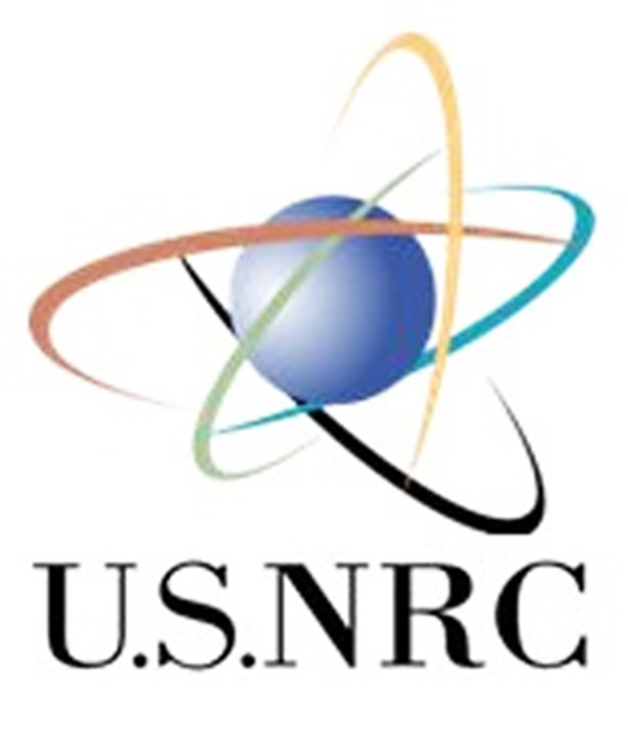The U.S. Air Force is planning a tabletop exercise to gauge U.S. readiness to react to a wide spectrum of nuclear-related scenarios. This will be part of a larger effort to prepare for them, a service leader said on Wednesday.
Lt. Gen. Andrew J. Gebara is the deputy chief of staff for strategic deterrence and nuclear integration. “What if, God forbid, there was a low yield [nuclear weapon] use in Europe tomorrow?” he asked at the Air & Space Forces Association conference outside Washington, D.C. “Or what if there was a demonstration of nuclear use, or a nuclear test? What if we had to adapt the INDOPACOM regional fight because a nuclear power had a red line [that meant] we couldn’t fly in certain areas? These are the kind of things that our warfighters need to understand from the beginning. It doesn’t need to be just at the presidential level with no other discussion.”
That question represents a big change in the way the U.S. military has historically talked about the possibility of nuclear war. It used to be that intelligence or analysis about the effects of such weapons on a given conflict was carried out at the highest possible, “strategic” level. That emphasis was a reflection of the times when two great powers were locked in a largely conventional arms race with knowable “rules” or at least principles of play. It no longer represents the modern role of nuclear weapons in conflict. They may include far more players and means of delivery of nuclear effects.
Gerber said, “When I was younger, at the end of the Cold War, the biggest threat we had was no-notice-1,000 ICBMs just coming over the North Pole, and how would you handle that? That’s horrific to even think about. But it’s actually a pretty simple tactical problem. There’s only a couple things you can do with something that bad.”
Today, ICBMs look quaint compared to new types of missiles and weapons that can deliver nuclear effects. They include some that don’t even appear to be weapons at first. If the Soviet Union’s one hundred-megaton Tsar Bomba was the pinnacle of the Cold War arms race, the new arms race is best represented by the lower-yield “tactical” nuclear weapons that Russia has threatened to unleash on Ukraine or, possibly, in space.
Gerbera remarked that weapons instructors at Nevada’s Nellis Air Force Base are already teaching these kinds of lessons to more pilots. He said, “So what does it mean if you’re flying through this area and there’s a radiological threat? What’s it mean for the airplane?”
Now, Gebara said, he’s working to broaden training for such scenarios across the U.S. Air Force. “I think at all levels we need to build that experience, not just at the tactical level and not just at the strategic.”
The tabletop exercise is slated for later this month. The results of the exercise will be briefed at a CORONA commanders conference. CORONA conferences are held for the most senior Air Force leaders to discuss strategy and policy.

